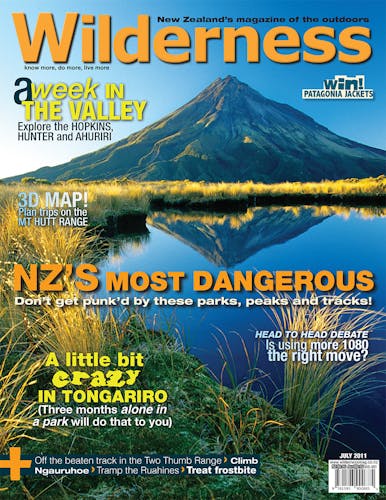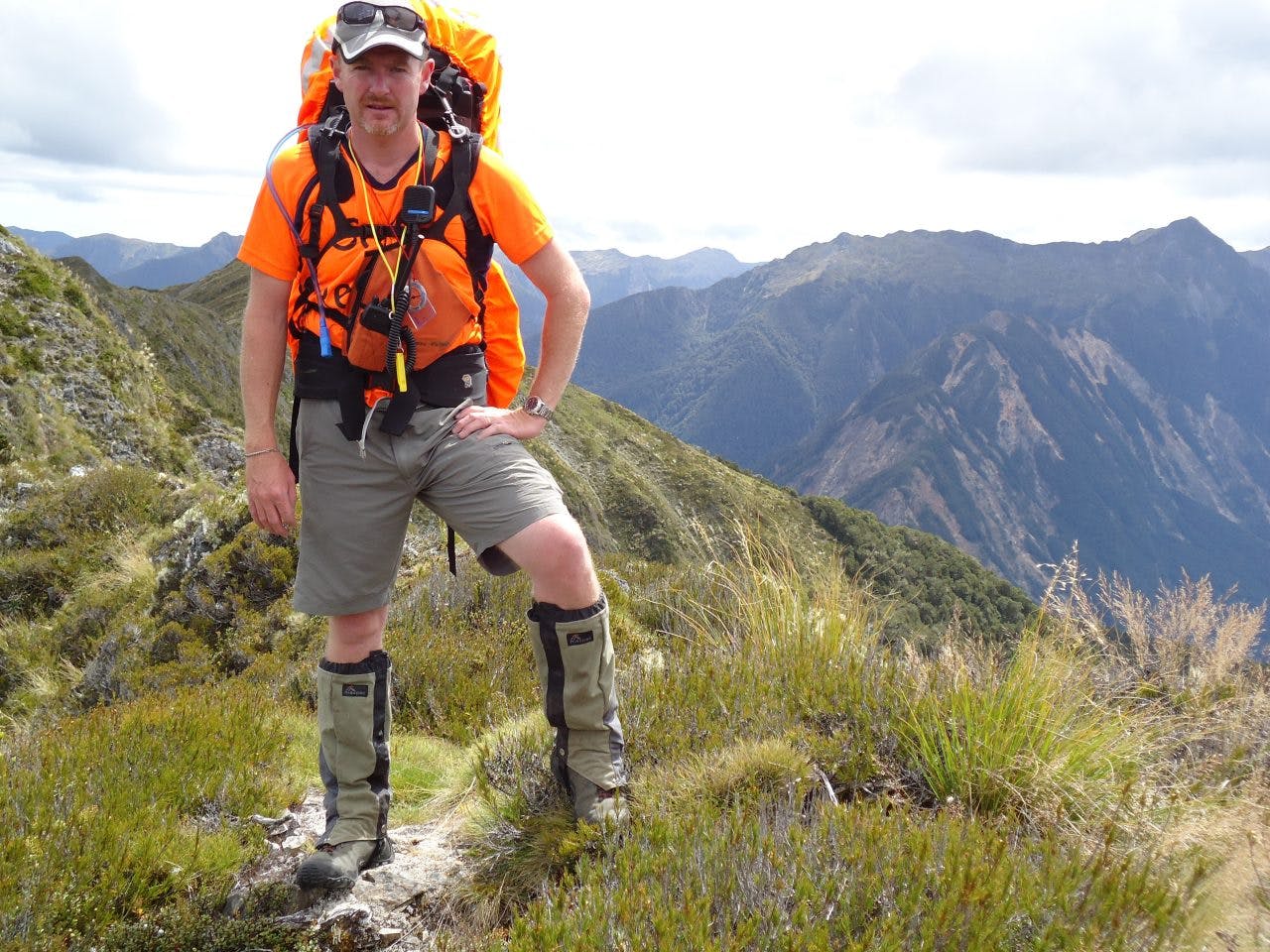Search and rescue is big business staffed mainly with volunteers
Formalised Search and Rescue (SAR) in New Zealand began in 1933 following a search for four trampers lost in the Tararua Ranges. They’d taken 17 exhausting days to complete a trip across the range due to a fall, bad weather and high rivers in a then mostly unexplored part of the Tararuas.
The search involved 20 teams including tramping clubs, deerstalkers, the Wellington Aero Club, the Citizens’ Search Committee and Wellington Emergency Radio Corps. When the four eventually walked out some perceived them as arrogant and unappreciative of the efforts that had gone into the search, especially after one tramper said: “We were never lost, we had an altimeter, a barometer, three compasses, and a map, and we knew our position within a mile at all times.”
Before this highly publicised search it had been left to volunteers from affected communities to respond as they saw fit to missing persons. Subsequently in 1935 the Tararua Tramping Club proposed and received agreement that police liaising with the Federated Mountain Clubs (FMC) should organise searches. The police were obviously advantaged by their nationwide presence and communications.
Almost a decade later, government oversight of SAR began with New Zealand signing an international convention on aviation searching, then five years passed before the first national SAR Committee met in 1949. Convened by Civil Aviation, FMC was present, as was the Amateur Radio Emergency Corps. From this convention, four regional sub-committees where formed – two each in the North and South islands.
In 1964, the police set up special SAR squads and a couple of years later FMC set up a policy and training organisational committee. In 1994 it was this committee that became New Zealand Land Search and Rescue Inc (NZLSAR).
Non-aviation searches on land, are coordinated by the police with the help of various organisations including NZLSAR whose members and volunteers may provide specialist assistance including knowledge of alpine, cliff, crevasse, canyon, river and cave rescue. Volunteers’ skills may be called upon in circumstances outside the norm, such as mountaineering-skilled FMC members assisting in the recovery of bodies from the 1979 Erebus plane crash in Antarctica.
SAR practices are constantly changing, helicopter-assisted rescue and radio communications being obvious examples. After the Second World War, radios began to be used but the equipment was awkward and heavy. The Mountain Radio Service and their hirable, lighter field radios revolutionised communication and wilderness safety from 1967 in the South Island and 1973 in the North.
From 2003, personal locator beacons (PLB) became available. The beacons send a signal to an international satellite alert detection and information distribution system that has existed for maritime and military purposes from around 1982. From 2009 the satellites stopped processing signals from 121.5 MHz beacons in favour of 406MHz beacons. This switch is resulting in less false alerts and an increased responsiveness to distress as the new signals can incorporate identification as well as position information.
SAR is a big business. In the 20009/2010 financial year, government expenditure was about $13.5 million and around 13,000 people were involved across the maritime, aviation and LandSAR sectors. Amazingly, around 90 per cent of the operational responders are volunteers. LandSAR has more than 5000 people, almost 30 avalanche or wilderness search dogs as well as access to many helicopters and fixed wing planes. In 2009/2010 there was about one LandSAR incident for every 2000 participants in outdoor recreation that they were responded to. That figure incorporates incidents where it was found people were not at risk during any stage of the operation, such as an accidental beacon activation.
NZSAR has one of the highest rates of volunteer involvement in the world. Let’s hope you never need them.
– Ross Miller







